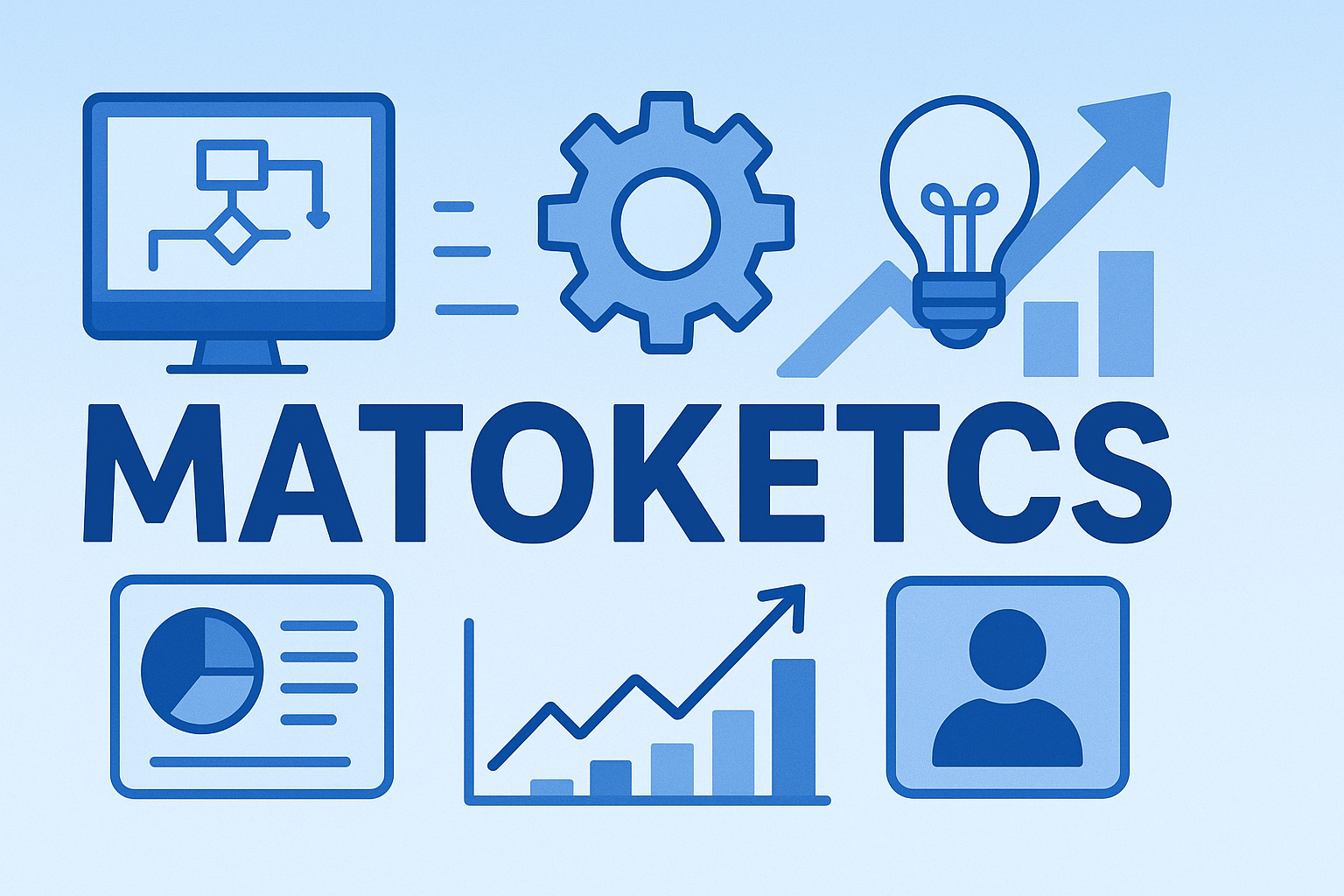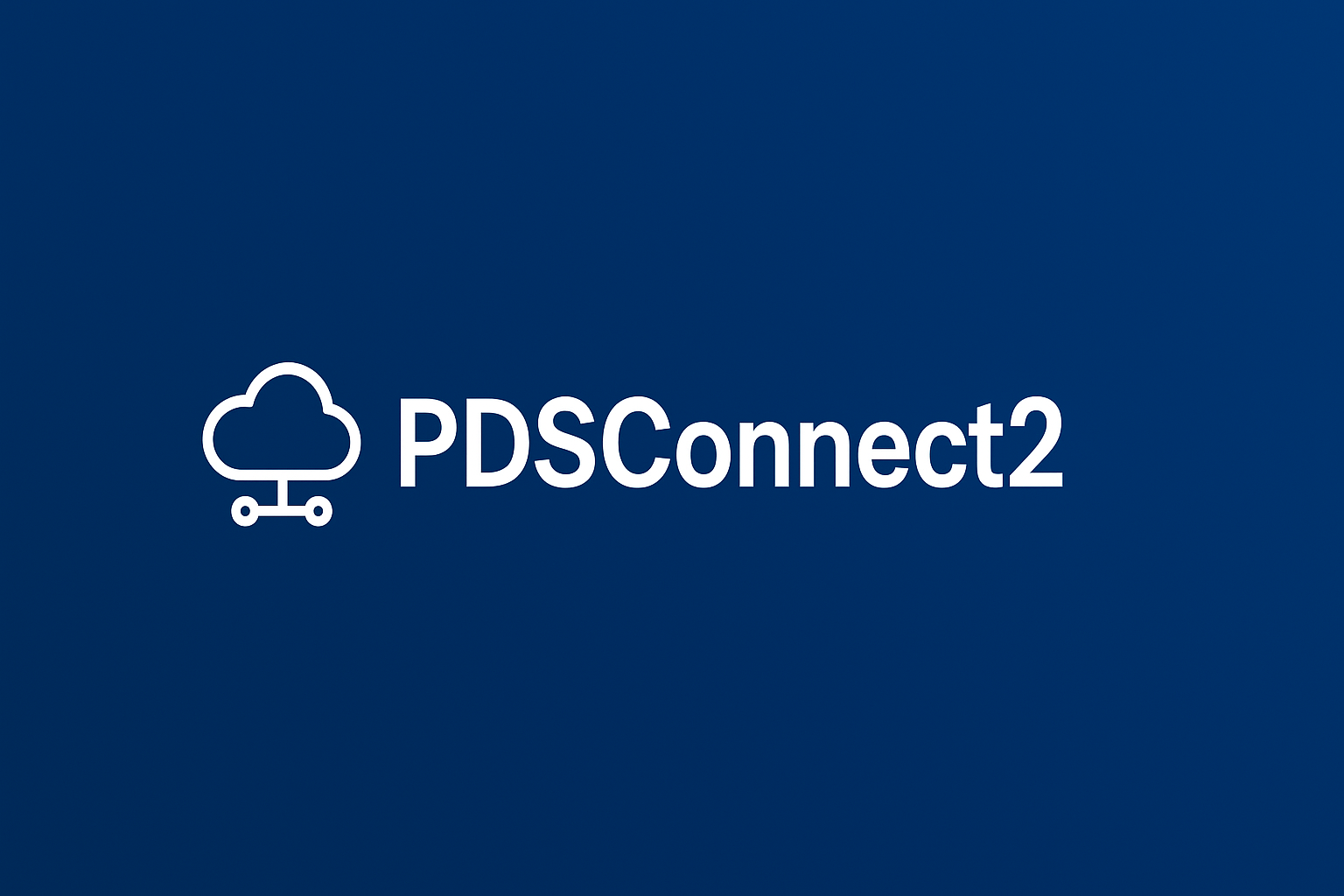In the modern era of rapid technological progress and evolving business landscapes, new terms and methodologies appear almost daily. One such term that has captured curiosity is Matoketcs. Though it may seem abstract or niche, Matoketcs is steadily becoming recognized in discussions related to systems, processes, and frameworks that simplify complex operations. It is not limited to a single industry or definition, which makes it both flexible and valuable.
This article is designed to give you a complete understanding of Matoketcs, exploring what it means, how it can be applied in different industries, the advantages it provides, challenges it faces, and what the future may hold for it.
What is Matoketcs?
Matoketcs is best understood as a structured framework or system designed to simplify complexity, enhance efficiency, and support innovation. While it does not fall under one strict definition, it adapts to its environment and can take on different roles depending on how it is implemented.
For instance:
-
In technology, Matoketcs may work as a tool for managing data, coding practices, or automation.
-
In business, Matoketcs could represent a workflow optimization framework.
-
In education and research, Matoketcs might serve as a methodology for organizing and analyzing information.
Its versatility is what makes Matoketcs stand out from conventional systems.
Key Features of Matoketcs
To fully grasp its value, it is important to understand the core features of Matoketcs. These features make it adaptable across industries:
-
Flexibility – Matoketcs can be molded according to the requirements of different organizations.
-
Efficiency – Its primary aim is to save time, reduce errors, and improve output quality.
-
Scalability – Matoketcs is not limited to small tasks; it can grow and handle large-scale projects.
-
User-Centric – Designed with a focus on simplifying processes for end-users.
-
Integration Ready – Can connect seamlessly with existing systems, both modern and traditional.
With these features, Matoketcs stands as a universal approach to making processes more efficient and manageable.
Applications of Matoketcs Across Industries
Technology and IT
In the world of information technology, Matoketcs can revolutionize workflows. It helps developers manage code more effectively, ensures better system integration, and can even assist in cybersecurity protocols.
Business and Management
Organizations can use Matoketcs to optimize resources, reduce redundancies, and streamline management processes. It can enhance productivity by ensuring that every team member follows a clear, structured path.
Education and Learning
In education, Matoketcs can act as a teaching model that breaks down complicated subjects into smaller, more digestible parts. It can also help teachers organize curricula and make lessons more engaging.
Healthcare
Within healthcare, Matoketcs can contribute to patient record management, hospital administration, and even research for new medical treatments. It provides an organized system to manage sensitive and complex data.
Research and Development
Matoketcs can also serve as a research methodology. By providing structured steps for data collection, analysis, and validation, it ensures more accurate and reliable outcomes.
Benefits of Matoketcs
There are several reasons why industries are beginning to explore and adopt Matoketcs. Some of the most notable benefits include:
-
Simplification of Complex Processes – Complicated workflows are broken down into manageable steps.
-
Time Efficiency – Reduces unnecessary repetition and allows faster results.
-
Error Reduction – Structured processes mean fewer mistakes and more reliable outcomes.
-
Enhanced Productivity – Helps organizations achieve more with fewer resources.
-
Encourages Innovation – By simplifying tasks, Matoketcs frees up space for creative solutions.
-
Consistency – Provides standardized approaches that improve reliability across projects.
Challenges of Implementing Matoketcs
Like any new system, Matoketcs is not without challenges. Some of these hurdles include:
-
Learning Curve – Individuals new to Matoketcs may require time to adapt.
-
Customization Requirements – Since each industry has different needs, Matoketcs must be tailored accordingly.
-
Integration Issues – Older systems may not easily align with Matoketcs frameworks.
-
Initial Investment – Organizations may need to dedicate resources to training, tools, and implementation.
Despite these challenges, many of them can be overcome with proper planning, gradual adoption, and training programs.
Why Matoketcs Matters in Today’s World
The value of Matoketcs lies in its ability to address the growing complexity of modern systems. Whether in business, technology, or education, we live in an age where efficiency and adaptability are critical for success. Matoketcs offers exactly that.
It matters because it represents a shift towards flexible, scalable, and user-oriented solutions. Instead of being locked into rigid systems, organizations using Matoketcs can adapt quickly to changes, which is essential in today’s unpredictable global environment.
Future of Matoketcs
The future of Matoketcs is bright, especially as industries embrace digital transformation, artificial intelligence, and automation. As organizations seek more efficient and integrated systems, Matoketcs is likely to grow in popularity. It has the potential to evolve into a standard framework used globally for streamlining processes.
Some possibilities for its future include:
-
Integration with AI-driven platforms.
-
Becoming a standard in educational systems.
-
Playing a central role in business process automation.
-
Assisting in global-scale research and problem-solving.
Read also: Holisticke: Unlocking the Power of Wholeness in Modern Life
Conclusion
Matoketcs is more than just a term—it is a flexible framework and methodology with wide-reaching applications. From technology and business to healthcare and education, it offers efficiency, scalability, and innovation. While challenges exist in its implementation, the long-term benefits far outweigh the initial hurdles.
As the world continues to evolve, Matoketcs is set to become a key tool for simplifying complexity and driving progress. By embracing it, individuals and organizations alike can stay ahead in a competitive, fast-changing environment.


